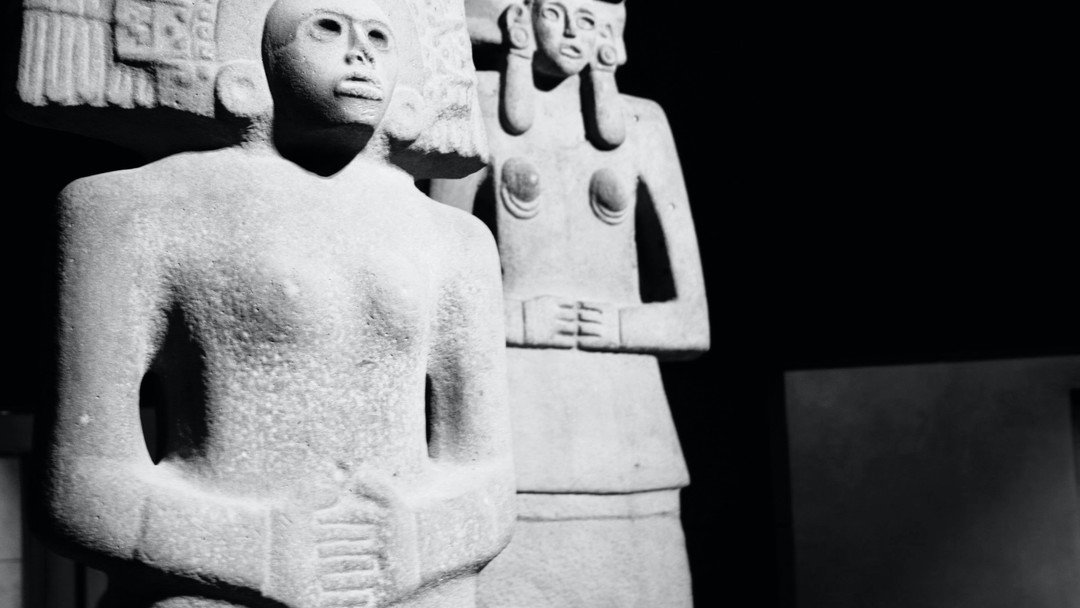The alleged theft of artefacts from the British Museum and the likely wider implications

By Karen Sanig
Karen Sanig looks in detail at the scandal involving the alleged loss of artefacts from the British Museum
When news broke of the alleged theft of thousands of artefacts from the British Museum, seemingly by a single trusted individual, for up to 25 years, questions abounded: how could this have happened from within an esteemed British institution upholding the best of museum standards? How could a curator caring for artefacts be the alleged thief? Who now owned the artefacts and are they recoverable?
This crisis hit at a bad time in relation to the ongoing demand from dispossessed nations for the return of cultural heritage property from the British Museum and in the wake of funding cuts to arts institutions.
The allegations
The disappearance of the British Museum artefacts, including gold jewellery and semi-precious gemstones from the 15th century BC to the 19th century AD, was allegedly the work of the former curator of Greek collections, Greek sculpture and the Hellenistic period. This was not lost on the Greek government.
The British Museum has refused to return the Parthenon marbles to Athens, despite repeated requests from Greece since 1833. The British Museum has argued variously that it is the rightful legal owner, that the Museum Act 1963 section 3(4) prevents deaccessioning by trustees of objects in a museum’s collection, and that it is better equipped to care for the marbles than Greece. The latter argument wore thin a long time ago and will fall on deaf ears now that internal security measures have failed. Perhaps, the Charities Act 2022 section 16, which is not yet in force, may also change the conversation in relation to the Parthenon marbles in the future. This allows charity trustees to seek authorisation from the Charity Commission, Courts or the Attorney General to dispose of charity property when such disposal is motivated by a moral obligation.
The British Museum is reassessing its internal policies on whistleblowing and security and promising to catalogue and digitise the entire museum collection within five years, at a cost of £10m, funded not by the public purse, according to George Osborne, chairman of the trustees. This may affect smaller institutions, obliged to check their own collections for missing works and to upgrade their cataloguing and digitisation, which is costly. Private fundraising for our flagship national museum may be tougher against the backdrop of this scandal, but it may also detract from charitable giving to many other needy arts organisations.
The illegal trade in antiquities
Britain combats accusations of being a centre for the trade in looted or illegally excavated antiquities and has passed legislation to attempt to stem the flow of trade, such as the Dealing in Cultural Objects (Offences) Act 2003. There is also vetting by art fairs or auction houses to ensure that suspected looted or illegally excavated antiquities are removed from sale. Uncatalogued items stolen from a museum, however, may be difficult to identify or recover and as a consequence may be traded several times over.
In English law no one can pass better title than they have and time does not run against a thief. The British Museum's right to title to the artefacts may nevertheless be extinguished six years after the last good faith purchase of an item, pursuant to the Limitation Act 1980. It is possible that purchasers acquired artefacts in good faith without any idea of their significance. This may be a difficult argument to advance, especially for expert purchasers, when unusual artefacts of art historical importance have been sold at an undervalue with eBay acting as an unwitting fence. The British Museum has already recovered 350 objects. Some buyers may look to the sellers with whom they contracted for compensation, others may be concerned about handling stolen goods.
Conclusion
Investigations are under way into the alleged theft, and measures are being put in place to prevent recurrence of this unfortunate incident. One curator has lost his job and there has been a change of director at the museum. The British Museum claims this is a one-off situation, despite examples of other institutions throughout the world having suffered losses from inside jobs through control being placed into the hands of a trusted expert and the lack of cataloguing or digitisation of collections. All planned loans and exhibitions apparently continue as normal at the British Museum suggesting its reputation is not significantly undermined, but time will tell.
Karen Sanig is the head of art law at Mishcon de Reya
mishcon.com
